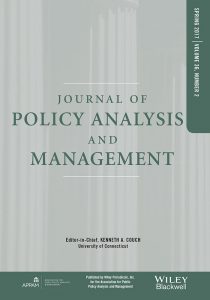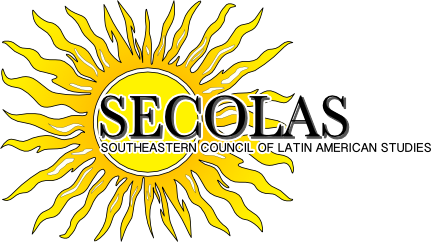The Hidden Costs of Cheap Foods
 by smteixeirapoit
by smteixeirapoit
In the United States, the agricultural industry produces massive quantities of cheap foods such as meats and grains. Although meats and grains are monetarily inexpensive, they have hidden costs to the environment, animals, and humans.
Americans spend less money per calorie than ever before. But, what’s wrong with purchasing and consuming cheap foods? Although farmers are producing more calories than in the past, they are tending to produce more unhealthy calories because of the types of foods that the government subsidizes.
Mainstream farming not only contributes to obesity, but also encourages the use of chemicals that degrade the environment. For example, the fertilizers applied on crops sometimes create run-off killing fish, thereby reducing people’s ability to consume high protein sources.
 The agricultural industry does not just damage fish, but also other animal life. In Concentrated Animal Feeding Operations (CAFOs), animals are raised in overcrowded conditions and are fattened up quickly. Because of these poor living conditions, farmers give animals antibiotics to prevent them from becoming sick. These practices lead to antibiotic-resistant bacteria. And, what happens with the waste produced by animals raised in CAFOs? Animal manure is sometimes placed in open-air lagoons that overflow and contaminate water sources.
The agricultural industry does not just damage fish, but also other animal life. In Concentrated Animal Feeding Operations (CAFOs), animals are raised in overcrowded conditions and are fattened up quickly. Because of these poor living conditions, farmers give animals antibiotics to prevent them from becoming sick. These practices lead to antibiotic-resistant bacteria. And, what happens with the waste produced by animals raised in CAFOs? Animal manure is sometimes placed in open-air lagoons that overflow and contaminate water sources.
Given all of these problems with the production and consumption of cheap foods, Americans should promote sustainable development: “practices that meet present needs without compromising the needs of future generations” (McMichael 2004: 354). Sustainable agriculture involves redistributing food production systems from mass producers to regional and local producers. Supporting regional and local producers reduces the agricultural industry’s transportation costs and carbon footprint. If the transition to small-scale production methods is accompanied by an increase in farm workers, overall yields can remain at current levels.
The transition to sustainable agriculture is already underway. Sustainable agriculture is the most rapidly growing sector of the food industry. Nevertheless, only one percent of croplands grow organic foods. Americans need to prioritize preserving the health of the environment, animals, and humans over saving money on food products. Only then will the transition to sustainable agriculture be able to succeed.
![]() “Public Health in a Globalizing World: Challenges and Opportunities” By Farnoosh Hashemian and Derek Yach
“Public Health in a Globalizing World: Challenges and Opportunities” By Farnoosh Hashemian and Derek Yach
















1520-6688/asset/Capture.jpg?v=1&s=b5076c49a7d1c5f1b9cf0dd9cd292394a3be81cc)
This reminds me of an article about a community called Nayakrishi in Bangladesh. They used GMO seeds for a few years to grow a crop–rice I think–and it made them all sick and the crop did not fare well. They went back to their traditional variety and people from around the region sought their produce because it tasted better and did not make people sick. Sustainable food is becoming such an important topic. I am glad you posed on this issue.
Keri (vegetarian for the environment)
you can always buy cheap foods on any supermarket these days because food production is mechanized already “”: